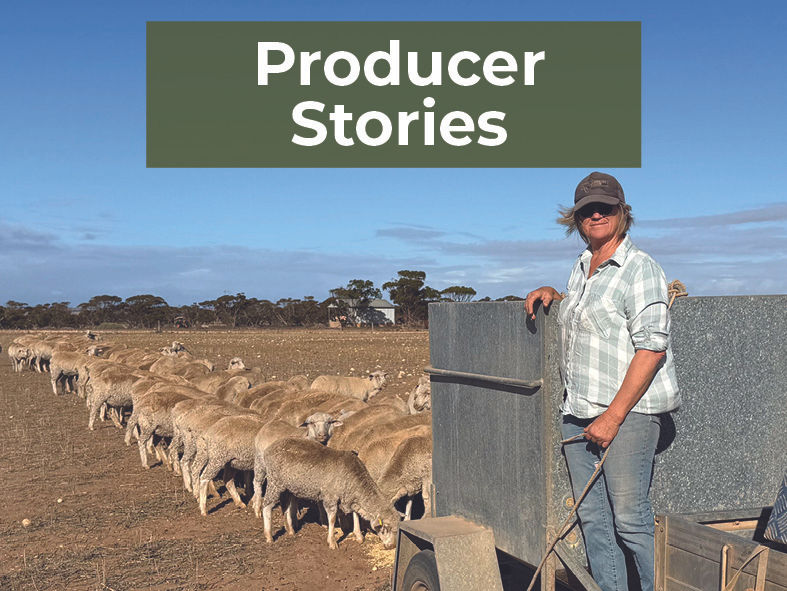Producer Profile - Managing through drought with the Mills family
- Sheep Producers Australia

- Jul 7
- 3 min read

Who: Leonie Mills, who farms with her husband Jon (Wogga) and son Justin
What: Morley Poll Merino Stud, commercial sheep, cropping & Leonie is on the Livestock SA Board
Where: Eyre Peninsula, South Australia
Tell us about your seasonal conditions?
We’ve been really dry, it’s our third dry season. This year our first first 20-30 millimetres of rainfall disappeared so quickly. We are starting to get a little green now, but we are a good month away from having any significant feed in paddocks. We’ve been carting in hay, there’s some coming in today (June 30).
How have you been feeding sheep?
Up until now, we’ve bought all our hay locally. Today we are receiving our first 15 bales of donated hay from Rural Aid.
How has the drought affected your business?
The budget takes a fair hit, although meat prices have shot-up because now they are running out of sheep. But 12-18 months ago, we were getting very low prices and it was a double whammy - selling for low prices after having to feed everything. Being hit both ways (low prices and high costs) meant long term projects such as infrastructure improvements and fencing have been shut down because we can only spend if something is absolutely necessary. We are forever apologising to our neighbours, or they are apologising to us, because everyone has hungry sheep and you don’t blame the sheep for going looking (for feed) and getting out. This has biosecurity effects as well.
What’s helping farmers through the drought?
At the moment this donated hay is the first thing we could call a win and the South Australian Government has extended the eID tag subsidy for a further six months. There’s been some Government funding to help pest eradication. I am a big supporter of Rural Financial Counsellors and I applaud that there is more money going to them, they are really helpful and positive for farmers.
What do you think would help farmers in drought?
Personally, donated fodder is a big help. You can cut numbers, but if you are a stud you cant sell everything, you’ve spent a long time breeding your line up. Perhaps - and this is just my opinion - that there could be a simple mechanism for farmers to supply feed and fodder receipts and receive a subsidy - a one off payment - to assist with costs. Say you spend $20,000 on feed and the subsidy is $10,000. A freight subsidy would also be great and while talk of waiving council rates would be helpful, however, that affects local councils which are already struggling because of the drought.
What does the next 12 months look like for your business?
We will still sell more sheep and stay at a relatively low level until we can produce some of our own hay. I can’t see, even if people get rain, many bringing sheep back into their business because they are of such high value. They are expensive and I think most will look to breed their own, something you can do reasonably quickly with a good mating program. Personally, we will stay at a slightly lower than usual (flock) level for a few years and see how everything plays out.
What are the opportunities and challenges in the industry?
Prices are a real opportunity now, if you were able to hold stock, prices have risen dramatically and you can get a good return now if you pump a bit of feed into them. But, by the same token, these high prices are a challenge for those looking to restock. In addition, lower sheep numbers could make it harder to find shearers when sheep numbers grow again.







